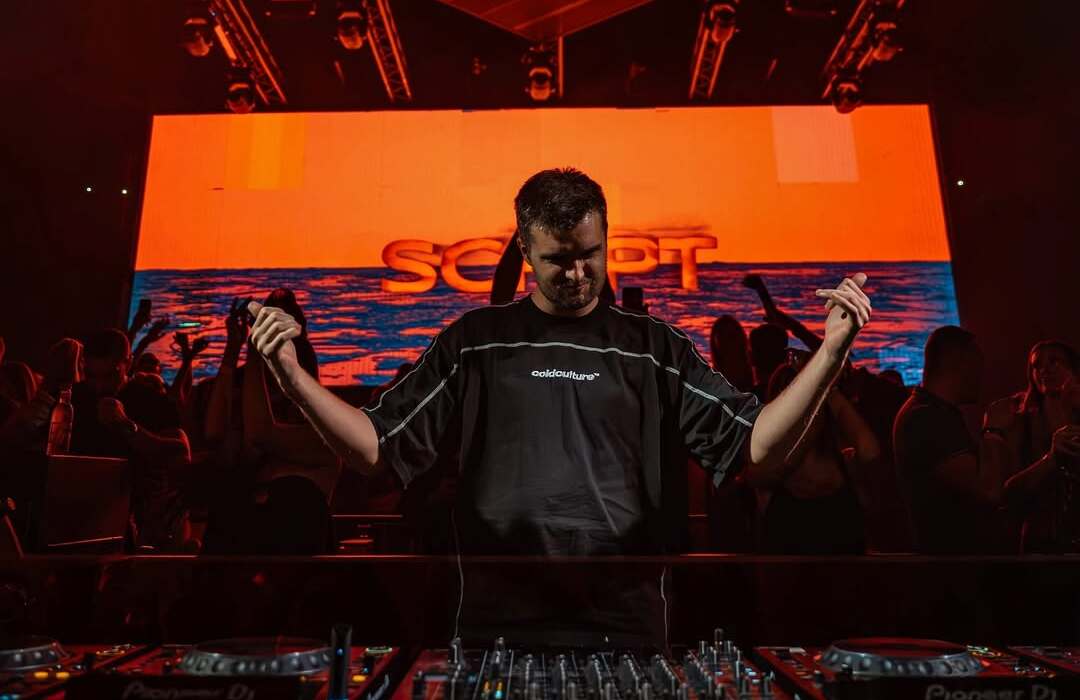Of the variety of mecha anime that have appeared over the years, Eureka Seven is one that sticks out, and for good reason. It's distinct in that the theme of romance is a driving force for the overall narrative, and also because of the anime's visually lush display of the series' unique sport known as reffing -- a take on surfing in the air. The unique Studio Bones production was preceded by another mecha anime that was also quite particular, yet it was generally overlooked by anime fans.
RahXephon began airing in North America in 2002, three years prior to Eureka Seven's debut. While also tackling genre-staple themes like war and extra-dimensional/terrestrial contact, RahXephon's use of music as the force with which its mechas attack and can affect the world is a noteworthy departure from the regular military methods of warfare seen across the genre. Both Eureka Seven and RahXephon are unique explorations of the mecha genre and, while bearing some similarities, are also extraordinary series all their own. So why hasn't the latter received a similarly favorable legacy?
The mechas in both anime are not true mechas for the fact they're partially or wholly organic, or entirely mystical in origin. The Nirvash that Renton and Eureka pilot in Eureka Seven, along with the other LFOs, are bio-mechanical hybrids. Akin to the evangelions in Neon Genesis Evangelion, the LFOs consist of an organic skeleton onto which armor and control systems are placed. The skeleton is sourced from the Scub Coral, the sentient alien lifeform that took over planet Earth.
Likewise, the Dolems in RahXephon are instead enormous clay beings controlled by the Mulian through song. The RahXephon, on the other hand, is a humanoid mecha released from an egg that had been buried under Tokyo. The story later revealed that the "soul" of RahXephon is Reika, or Ixtli, who she was helping guide the protagonist Ayato to his purpose. With its chosen pilot -- the instrumentalist -- the RahXephon is meant to act as a god and retune the world to reverse the effects of the Mulian invasion.
Both anime also give a creative nod to music in their own ways. Eureka Seven's episode titles reference song titles and subcultures, mostly in and around the '80s. Some references include Afrika Bambaataa and the Soulsonic Force's "Planet Rock", Oasis' "Morning Glory" and The Beatles' "Helter Skelter". The Summer of Love incident that catapults the events of the series is also a reference to the rise of the Acid House genre in Great Britain.
RahXephon's approach to music is more literal in execution, with music being a key aspect of the plot and in the formation of key characters. The Mulian -- the story's inter-dimensional antagonists -- pilot the Dolems through singing and Ayato drives the RahXephon as its instrumentalist in a similar manner. Each of the Dolems that appear are named after musical terms, tying real-life musical concepts to the mystical power that gives these beings life.
Though the two series offer exciting variations on the mecha genre, RahXephon doesn't often receive the same level of appreciation as its successor. The anime has many interesting aspects going for it that make it stand on its own, however. Its conceptual use of music in the designs of the many Dolems -- and the use of improvisational jazz throughout the story -- make for an equally visually and auditorily engaging experience. RahXephon also bears similarity to Evangelion through Ayato's pursuit of purpose and his role as a creator/destroyer of existence, but differs in its lack of focus on despair and existentialism, aiming for a more optimistic pursuit for Ayato and the overall outcome.
Both Eureka Seven and RahXephon are one-of-a-kind options to choose from in the vast sea of mecha anime available. While they might share some features, they hardly diminish the latter's original aspects. The defining traits of RahXephon that make it a stand out are its mystical and non-alien approach to its mechas' origins, and its inventive use of music as visual and thematic material to shape the story. It effectively merges a coming-of-age story with supernatural sci-fi elements, innovative character designs and an eclectic integration of music, resulting in a visionary installment in the ever-evolving genre of mecha anime.
RahXephon is available to stream on HiDIVE.
About The Author

